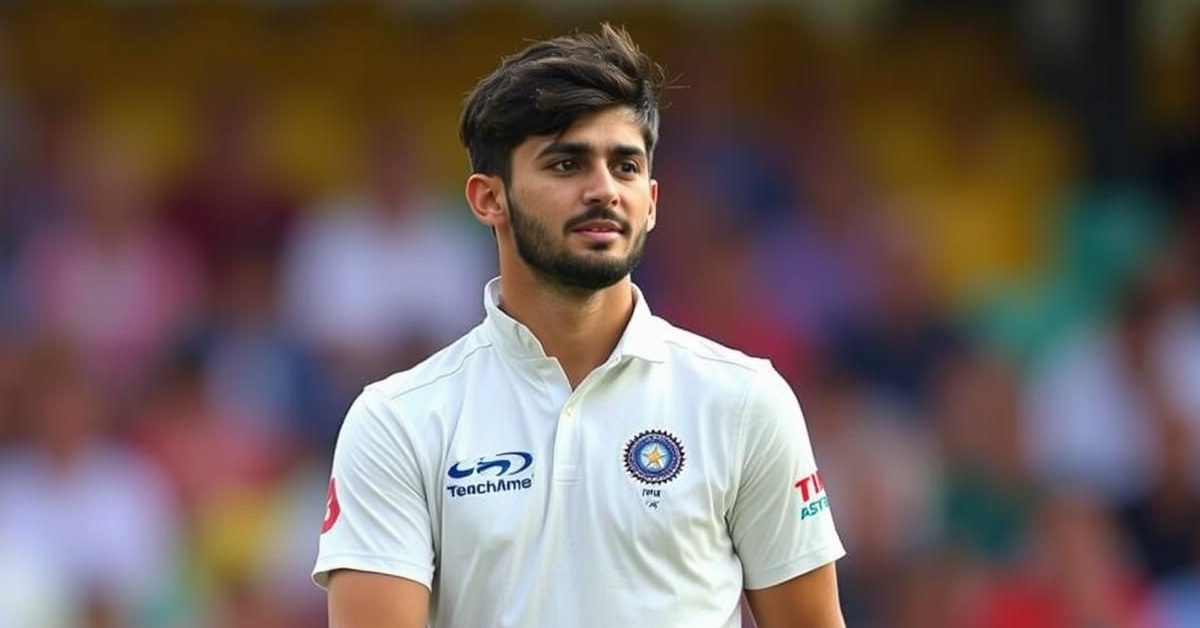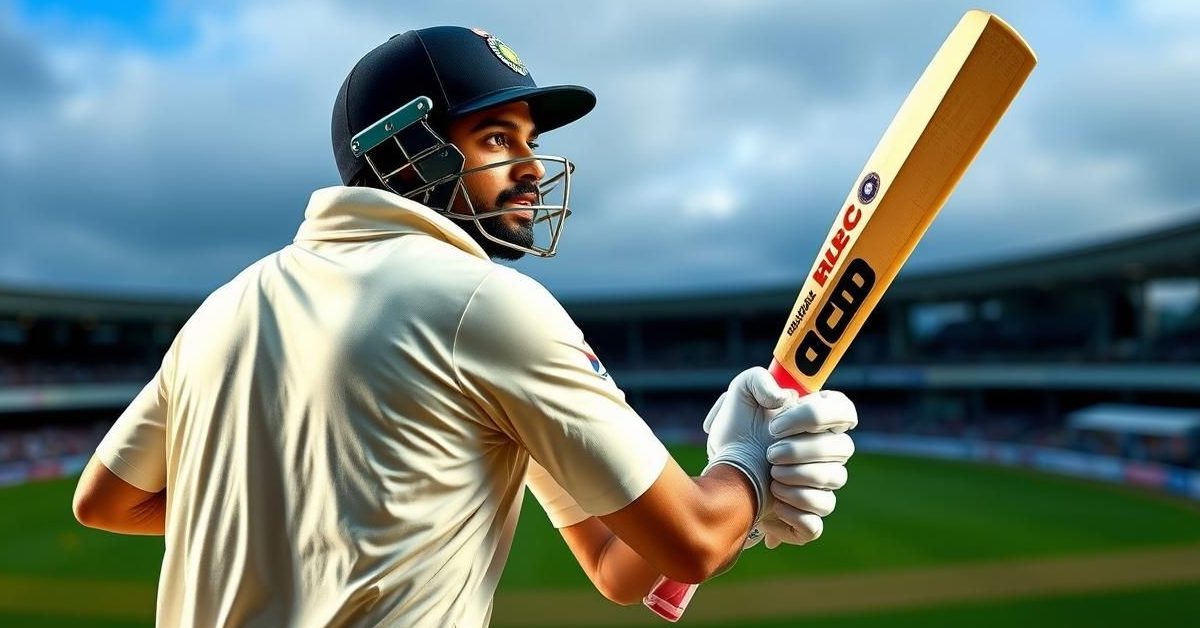The air at Edgbaston crackled with anticipation, but for India’s young skipper, Shubman Gill, it was also thick with a complex tactical puzzle. Trailing 0-1 in the high-stakes series, the second Test at Birmingham presented not just a challenge against England, but an internal dilemma about the very composition of his playing XI. His press conference on the eve of the match offered little clarity, a testament to the calculated discretion of a captain wise beyond his years.
Gill, at just his second Test match as leader, adopted a seasoned professional’s stance. He began with a polite but firm disclaimer: any specific queries about the team combination for Wednesday’s crucial encounter would be met with a carefully constructed silence. “We are going to have a final look at the pitch today and see what kind of combination that we want to go with,” he stated, his words a masterclass in revealing nothing while sounding utterly engaged.
The Edgbaston Pitch: A Captain’s Crucial Reconnaissance
It wasn’t until after the media session concluded, around 1:15 PM local time, that the true nature of India’s selection quandary began to unfold. Gill made his way to the central square, a silent yet pivotal meeting point. There, he joined forces with head coach Gautam Gambhir and the chairman of national selectors, Ajit Agarkar. Soon, the hovercraft-like pitch covers glided away, exposing the crucial strip of turf for inspection.
While Gambhir and Agarkar maintained a respectful distance, Gill performed the obligatory “pitch-pressing” ritual, his focus intense as photographers captured every nuanced moment. The trio then convened for a lengthy discussion. A telling snapshot emerged: Gambhir and Gill squatted on the turf, engrossed in their own hushed conversation, while in the background, Agarkar conversed with bowling coach Morne Morkel. This tableau perfectly encapsulated the strategic tightrope India was walking. By 2 PM, the huddle dispersed, decisions seemingly made. Unlike the settled English side, who retained their Headingley XI, India’s choices were anything but straightforward.
The Spin Conundrum: Doubts and Difficult Riders
During his 20-minute interaction with the press, Gill did not confirm inclusions or exclusions, but he did open a window into the strategic doubts clouding the Indian think tank. Every potential decision, it appeared, was accompanied by a challenging caveat.
Just the day prior, the team’s assistant coach had indicated India would likely field two spinners. Gill echoed this sentiment, elaborating on the rationale. “In the last match, if we had an extra spinner in the fourth innings, the game could have been better,” he reflected, referencing the first Test at Headingley. “There were a few patches in the wicket that could have been exploited. And whenever Jaddu bhai (Ravindra Jadeja) was bowling, we felt that chances were being created.” The consensus was clear: spin offered containment, especially as the ball softened and aged.
Day One Dilemma: The Pace vs. Spin Paradox
Yet, the specific question of Kuldeep Yadav’s inclusion brought forth the central paradox of playing two spinners in English conditions. “The only thing that you have to see is how you manage the second spinner on Day One, if you are bowling,” Gill admitted. His logic was sound: English pitches, particularly early in a Test, heavily favour fast bowlers. Any assistance for pacers is typically confined to the first couple of sessions on Day One, potentially marginalizing a second spinner’s role. “If at all there is anything on these kinds of wickets, it is only on Day One, in the first couple of sessions. So, we have to take a call on that and see how you would manage the second spinner on Day 1. That is the main call that you have to make on these kinds of wickets.” The final word on that call? “That you will know tomorrow.”
Pressed further on the nature of the desired spinner—whether a wicket-taking option or a containment specialist—Gill reiterated the need for one final pitch assessment before the playing XI was finalized. The nuance of the decision weighed heavily.
Defying History: Edgbaston’s Lingering Shadow
An English journalist concluded the press conference by reminding Gill of India’s unenviable Test record at Edgbaston: seven losses and one draw in eight matches. The young captain’s response, however, was unwavering and defiant, embodying the modern Indian team’s confidence. “I don’t really believe in it. I believe the Indian cricket team that has come here is the best Indian cricket team and we are able to beat any side,” he declared, dismissing the weight of history.
But the immediate challenge for India remains putting its absolute best eleven onto the field for Wednesday’s contest. As the discussions concluded, Kuldeep Yadav and Arshdeep Singh – among the few Indians attending optional nets – were seen jogging, training, and honing their skills. Their presence was a potent reminder of the choices at hand, mirroring their similar efforts before the last Test, a match they ultimately sat out. The fate of their inclusion, and indeed India’s strategy, rested firmly on the final look at that Edgbaston surface.













